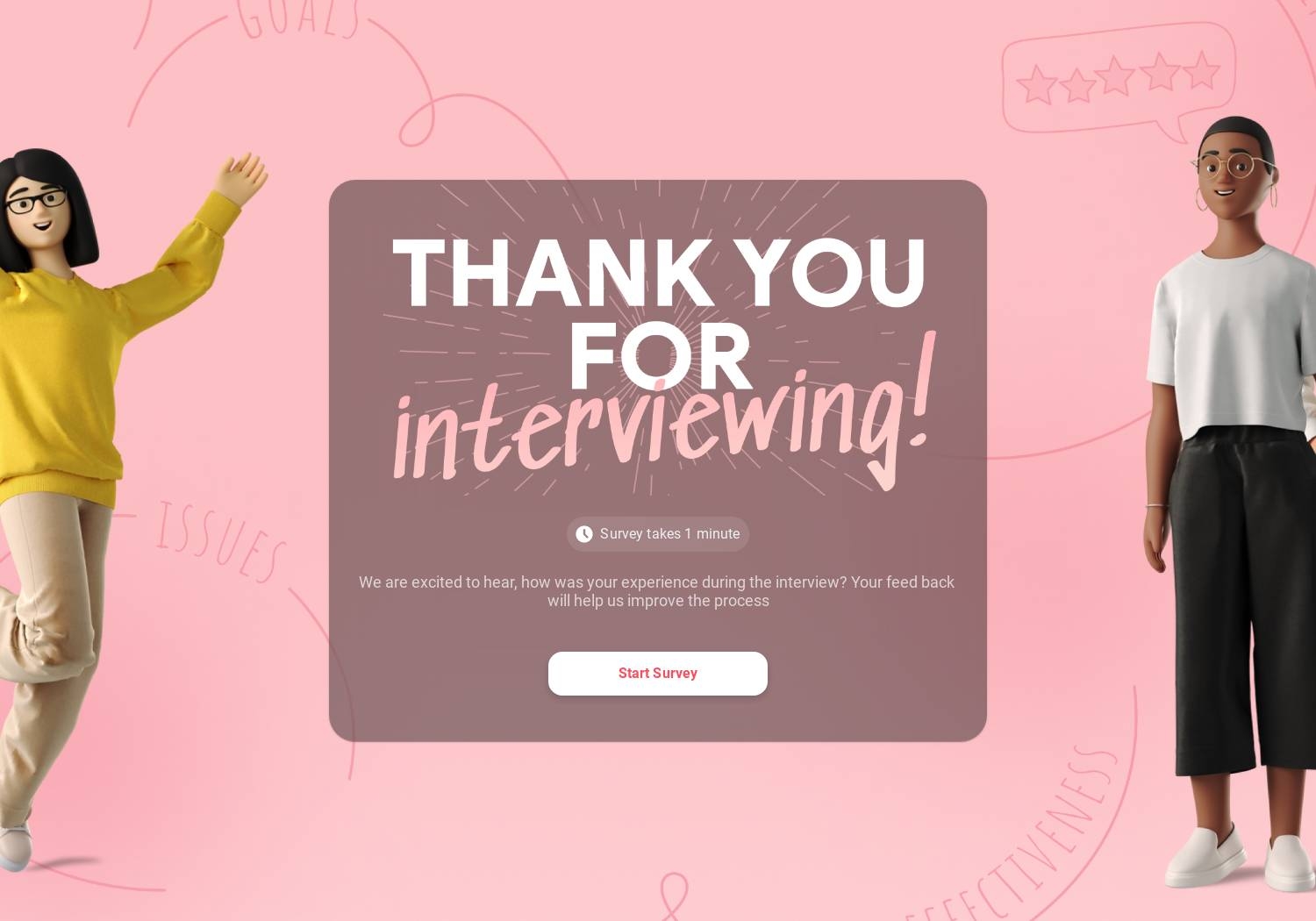Many companies do it. Many still don’t. But even the ones that do the exit interview often aren’t really sure how to use the answers of a departing employee to improve. This underused practice is a powerful tool to minimize turnover cost.
To be honest with yourself, you should have talked to Bob long ago. In fact, asking him from time to time about job satisfaction might have prevented his leaving the company. It’s never too late to learn the real reasons. It might be different than what you expected. And if Bob is just one in an ever-increasing number of employees leaving you, it’s crucial that you get to the bottom of this exodus. That’s why an exit interview should be important to you. Turnover is costly. And good employees are hard to find these days. If you need another reason: you rather hear Bob’s complaints in this final talk than on Social Media.
Listen to Bob, just this once
You might say: Bob’s leaving us, so why bother? He already said he won’t be back, didn’t he? Then you’re completely missing the point. The whole purpose of an exit interview is to receive feedback about the organization. Not the other way around. Sure, you and Bob might never have been close.
Still, what he has to say about office culture or management effectiveness is valuable – to you. Exit interviews aren’t used to evaluate individual employees. Really, it’s not for Bob’s benefit. You won’t delve into personal situations or his personal criticism (even though you want to check in on if there are internal issues). You want to collect feedback for your own benefit. Need to hear more good reasons? We give you ten.
- Use it to your advantage that a departing employee is usually more forthcoming than one still on the pay list. Ensure confidentiality to get honest information
- Learn the reason for the departure – it might be different than what he stated in his letter of dismissal
- Give the departing employee a chance to leave you on a positive note and decrease the risk of bad feedback on social media
- Review continuing obligations (e.g. non-competes, professional secrecy) and tie all loose ends and make sure knowledge transfer and handover took place
- Reduce risk by identifying matters that require your attention
- Identify areas that can help improve your retention
- Get insight into errors made in recruiting, on-boarding and continuing education
- Re-evaluate the requirements and skills for future job advertisements
- Find out about possible litigation issues
- Last but not least: if you would like this employee to return in the future, make sure he understands that the door is always open
When and how to do it
Now that we agree on the importance of the exit interview, let’s see why it must be conducted in a structured way to collect real feedback to improve your employee engagement.
Source: Employee Alignment – Our High Performance Framework / Insync
- First off: don’t wait till the very last day! Conduct the interview as soon as possible after Bob has tendered his resignation, rather than waiting until the end of his notice period. This will ensure his reasons for leaving are fresh in his mind. Also, at this point he is still engaged. You might also find out that the decision was a rash action, based on some occurrence that still might be resolved.
- Ensure your managers have a general understanding of the purpose of the exit interview. Sounds simple enough but sometimes their idea of an exit interview is to have one final cup of coffee together.
- Something to think about: If you think that Bob is less likely to give honest answers if his line manager is conducting the interview (the same one he used to endlessly debate with), choose somebody neutral to undertake it instead.
- Follow a checklist of questions. Make sure that the manager will take the necessary steps if he were to uncover a grievance. Needless to say that he acts immediately if he finds out abuse is at the bottom of it all.
- It’s a good idea to give Bob an opportunity to prepare his answers. Therefore, when sending the interview invitation, include a questionnaire for him, keep it simple and to the point. And allow plenty of time to have it completed.
For further reading on the importance of the exit interview we recommend this article in the Harvard Business Review:
Source: Making Exit Interviews Count / Harvard Business Review
Do a survey to get honest feedback
It’s not easy to get real value out of the exit interview. First off, not too many people who exit a company are at this point willing to share their thoughts as they can’t gain anything themselves. To use a Screver survey during the seperation life cycle makes sure the relevant questions are asked consistently, including:
- How would you rate your satisfaction in Induction, Training, Career development, Promotion opportunities, Business Culture, Work Environment, Pay & Benefits?
- What was your main reason for leaving the company?
- Why did you ultimately accept the new position?
- Did you fully understand your role?
- Was the volume of work reasonable?
- Did you have the necessary equipment to undertake your role effectively?
- What was your job satisfaction level?
- Did you require sufficient support from your seniors?
- How were your relationships with your colleagues?
- Should the business make amendments to the role as it currently stands?
- Have you ever encountered any issues in your role?
- What could have been done to encourage you to stay?
Screver is the new and powerful HR tool to conduct this important survey during the separation life cycle, at the right time and in the right mode. It helps understanding all factors and therefore reduces turnover cost. And it doesn’t burn bridges.







